How to Winterize Your Vehicle
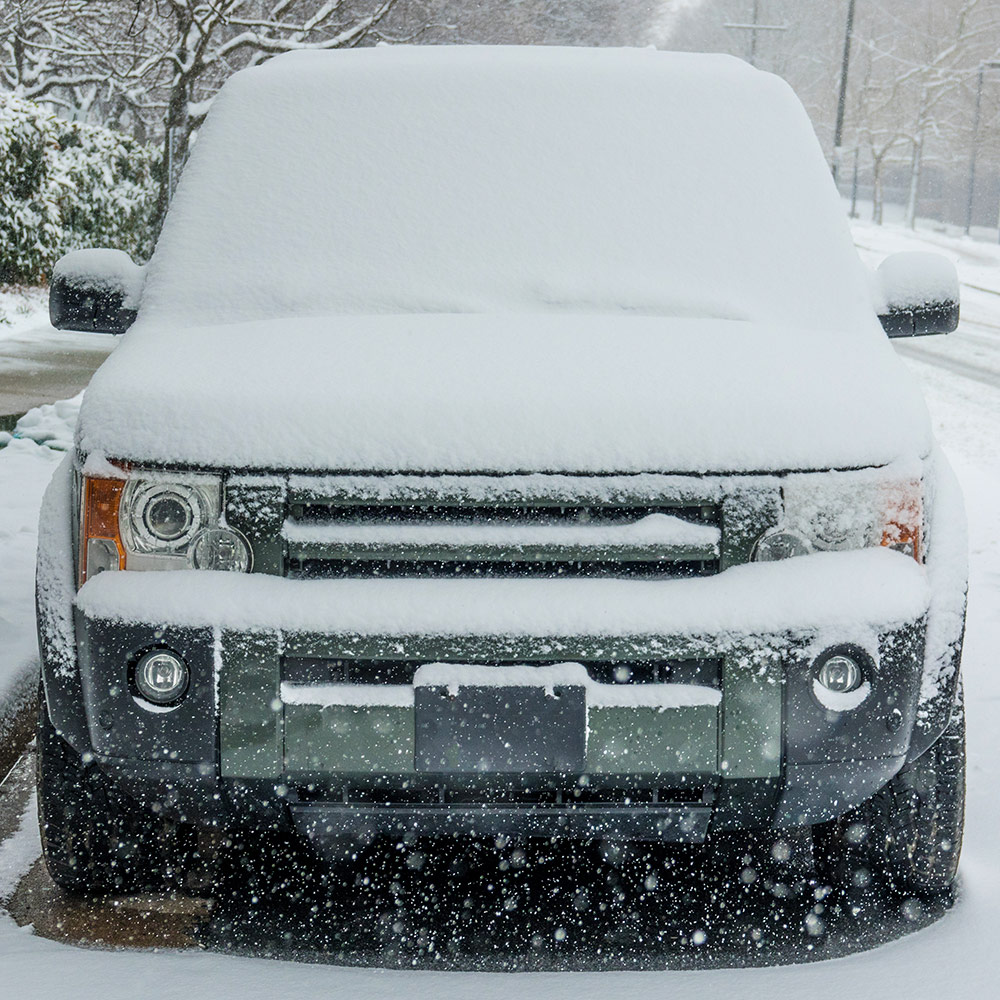
Last updated September 7, 2023
When you prepare for upcoming winter weather, don’t overlook your car. Cold temperatures and inclement weather can unexpectedly damage your vehicle. Winterize it ahead of time to keep it running safely and smoothly all season long. This guide will teach you how to winterize your vehicle with basic maintenance tasks.
Difficulty:
Beginner
Duration:
2-4 hours
Table of Contents
Check the Battery
Change the Wiper Blades and Wiper Fluid
Maintain the Cooling System
Check the Tires
Change the Oil
Check the Belts and Hoses
Check the Battery

When your car isn't starting on a cold morning, it's likely due to the battery. Cold temperatures affect the battery’s internal chemistry. The engine requires more current from the battery to start, forcing the battery to work harder than usual. To prevent having to jumpstart your vehicle, check your battery early in the season to see if it needs replacing. An old battery may completely die in cold weather.
Tip: Keep a car battery charger on hand to jumpstart your vehicle when needed. Keep the charger in your car in case of emergencies.
Change the Wiper Blades and Wiper Fluid
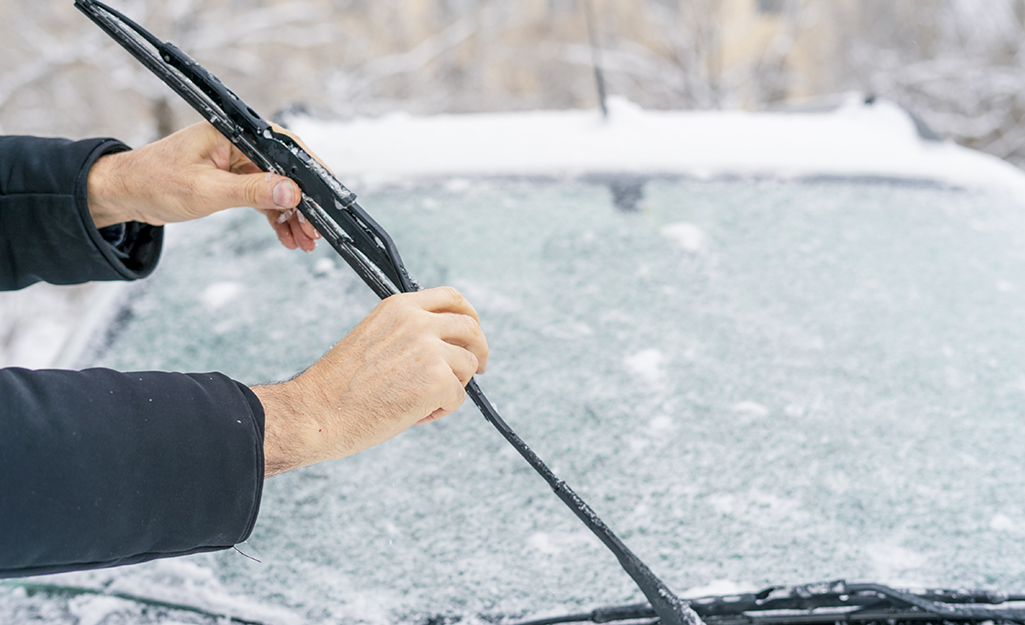
Refill the wiper fluid to keep ice and road salt off your windshield. If you live in an area that gets heavy snow, consider installing specialty windshield wipers. Winter wiper blades are heavy-duty blades suited for removing ice and snow. Winter blades, however, can wear out a wiper's motor more quickly than regular blades do. Remember to remove them when the season ends.
Maintain the Cooling System
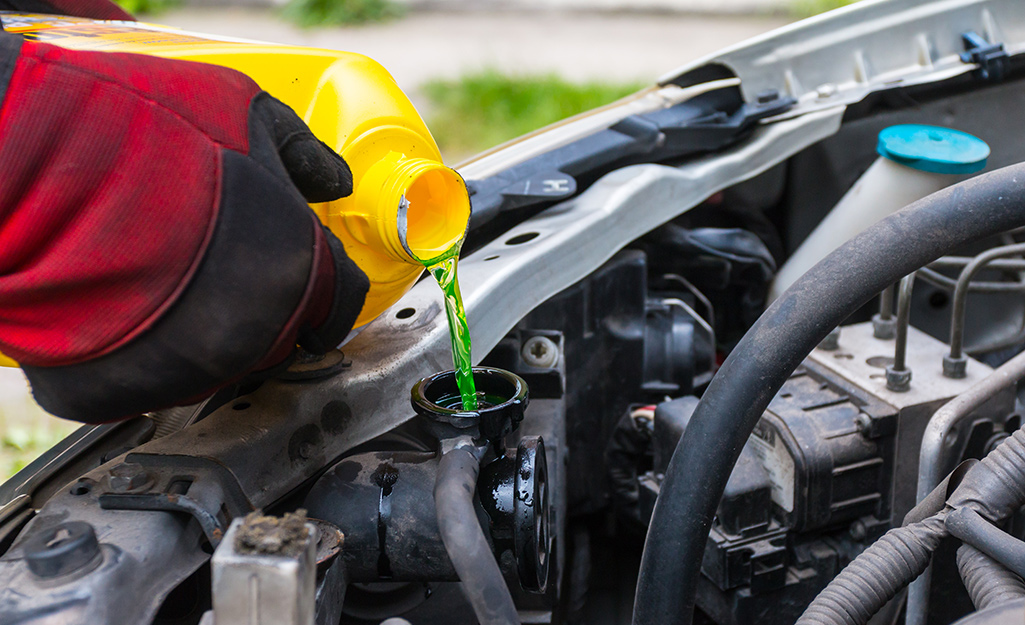
Your vehicle’s cooling system should have a ratio between 50/50 and 70/30 of antifreeze to water. An appropriate coolant-to-water ratio will help prevent corrosion and potential freezing. The ideal ratio for your vehicle can depend on the climate and driving conditions, so if you are ever in doubt about your coolant ratio, ask a mechanic.
Check the Tires

Driving on under-inflated tires can lead to premature wear as well as dangerous skidding and blowouts. You should be able to find the ideal tire PSI (pounds per square inch) for your vehicle listed on the tire placard on the driver’s side door jamb. The tire pressure recommendations are also listed in the vehicle’s owner’s manual.
Use a tire pressure gauge to check your car's tire pressure as needed. Consider investing in a portable tire inflator. A tire inflator will allow you to refill your tires whenever and wherever so that they stay in prime condition.
Change the Oil
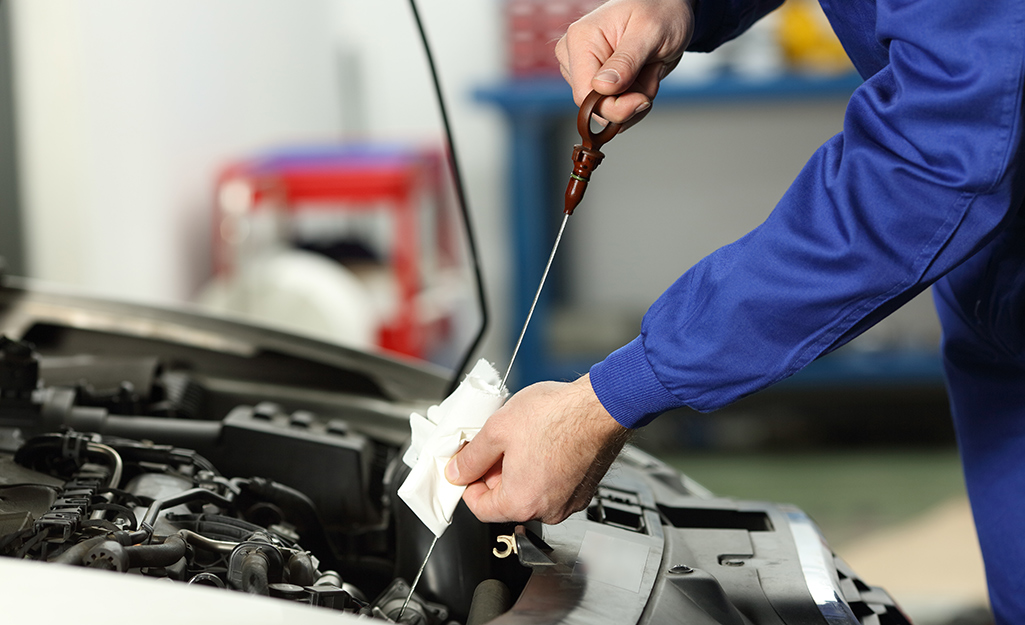
The cold can reduce oil’s effectiveness, making it too thick to properly lubricate the engine. As a result, your vehicle may not start. Avoid this problem by changing the oil at the start of the season. Replace old, degraded oil with fresh oil of a lower viscosity. The owner’s manual will have the recommended oil viscosity for your vehicle in the winter.
Check the Belts and Hoses
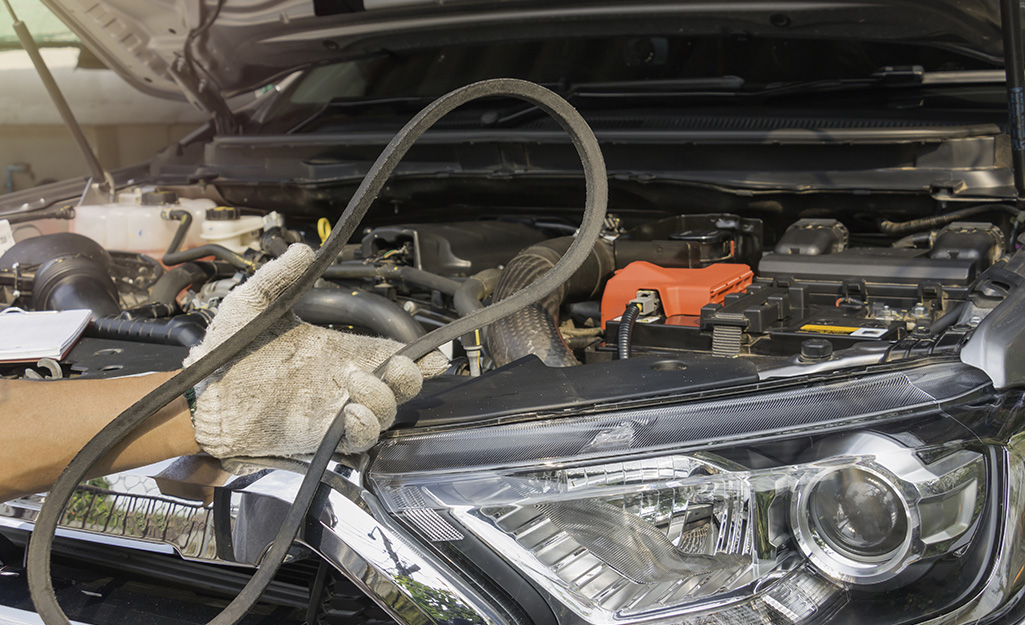
Cold temperatures can make the belts and hoses in your engine brittle. The cold can cause worn belts and hoses to snap. If an engine belt breaks while on the road, your vehicle will need to be towed. Check on the condition of belts and hoses regardless of the season. Replace worn-out belts and hoses before winter to avoid waiting for a tow in dangerous conditions.
Pack Emergency Supplies
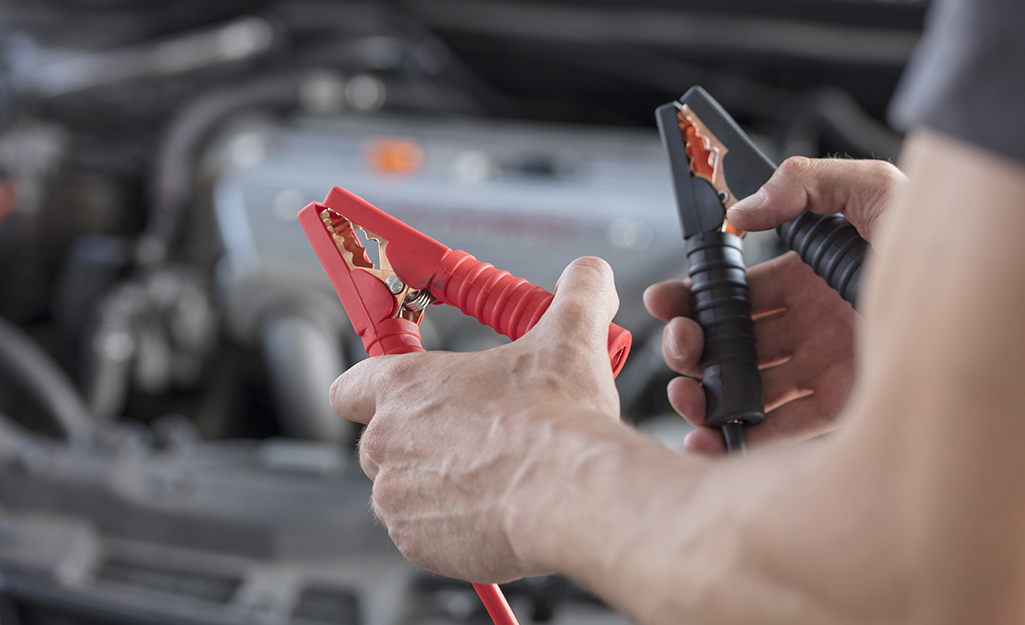
When traveling in winter, ensure your vehicle is stocked with emergency supplies. Here is a list of useful supplies to start your winter emergency kit:
- Fully charged backup cellphone. Even a cellphone that is no longer in service can make emergency calls.
- Jumper cables
- Flashlight
- Emergency roadside flares
- Warm blankets
- Ice scraper
- First aid kit
- Tow ropes, cables or chains
- Folding shovel or snow shovel
- Ice melt
Once you know how to winterize your vehicle, you can enjoy the season safely without worrying about sudden, expensive vehicle repairs. Stock your vehicle with the supplies needed to keep it safe throughout the winter.
Shopping for supplies to winterize your car? The Home Depot delivers online orders when and where you need them.




























